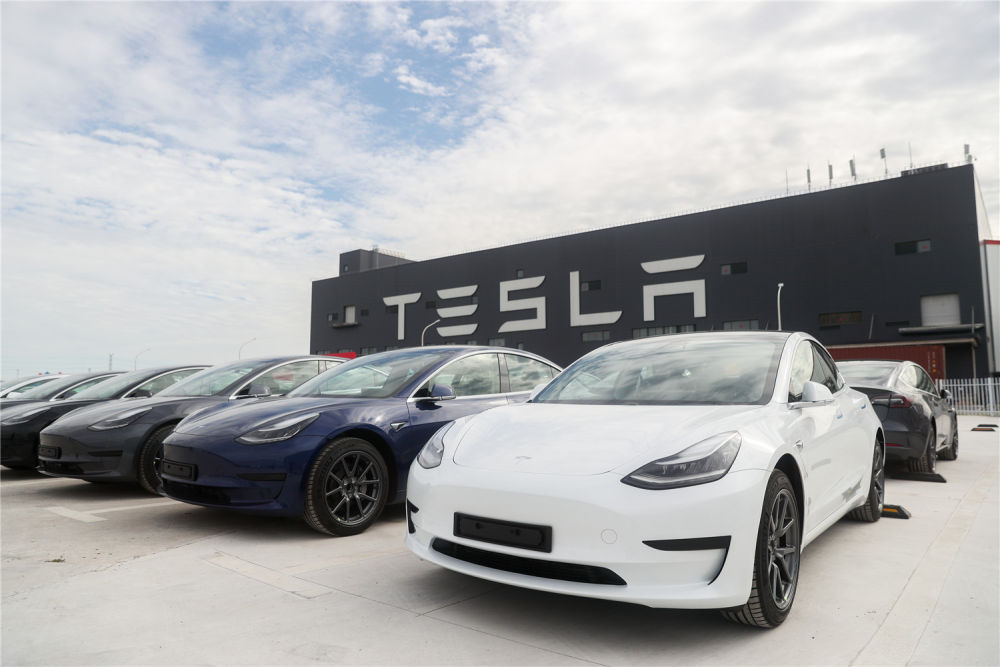طفرة السيارات الكهربائية المتفجرة في الصين: السباق قبل بقية العالم
China’s successful electric vehicle (EV) offensive is highlighted in a new report, setting the benchmark for other nations to follow.

(Picture Source: السيارات في الصين)
في مايو 2023 alone, carmakers in China sold over half a million plug-in vehicles, an astonishing figure for a single month. بالمقارنة, US automakers sold approximately 300,000 battery electric vehicles (BEVs) in Q2 2023, demonstrating that they still have a long way to go in competing with China.
China’s EV boom can be attributed to several factors, including robust investment in charging infrastructure and manufacturing, incentives, and favorable EV policies. Bloomberg describes this approach as a carrot-and-stick strategy in its recent report, where manufacturing polluting vehicles is penalized while EV efforts are incentivized.
حتي, what are the incentives? اولا, China offered consumer incentives for a decade, providing buyers with subsidies of up to 60,000 يوان ($8,375). Although the national program concluded in 2022, local incentives in cities like Shanghai continue to offer rebates of up to 10,000 يوان ($1,383).
ثانيا, مركبات الطاقة الجديدة (سيارات الطاقة الجديدة) priced under 300,000 يوان ($41,500) will continue to benefit from a 10 percent tax waiver until 2025. This percentage will be reduced to five percent for 2026 و 2027. By the end of 2027, China’s total tax breaks for NEVs will amount to 835 مليار يوان ($115 مليار).
These incentives have contributed to the success of brands such as BYD, المتطوره, جيلي, نيو, إكسبينغ, and even Tesla, which considers China one of its largest markets. Popular models in China include the بي واي دي Song Plus and Qin Plus, تسلا نموذج 3 and Model Y, و جي أي سي أيون S, من بين أمور أخرى.
Efforts are also underway in the US, with the Inflation Reduction Act providing $270 billion in tax breaks for EV purchases and manufacturing.
علاوة على ذلك, China has made chargers more accessible. As of May 2023, the country had built 6.36 million chargers, surpassing any other nation. The report also notes that charging standards are uniform, and infrastructure is government-subsidized.
A significant portion of the charging network is operated by the state grid, which is China’s fourth-largest provider, alongside private players like Wangbang New Energy Investment Group and TGood New Energy.
على العكس, internal combustion engine (جليد) vehicles are losing their appeal in China due to various measures. Beijing implements a license plate lottery system to limit the number of cars on the road, favoring EVs. في 2023, the Beijing Municipal Commission of Transport is issuing 100,000 new license plates in the capital, مع 70 percent reserved for EVs.
وب المثل, the Shanghai International Commodity Auction Co. (SICA) has its own program to restrict vehicles. ICE car buyers in Shanghai must participate in a monthly auction to register their vehicles. في أبريل 2022, customers had to pay an average auction price of 92,500 يوان ($13,000) to register their gas or diesel cars, with a success rate of only 5.8 المائه.
في المقابل, SICA offers free “أخضر” plates for plug-in hybrid electric vehicles (السيارات الكهربائية الهجينة القابلة للتوصيل بمصدر كهرباء) and NEVs. Starting from January 2023, PHEV license plates are subjected to the same treatment as those of ICE vehicles, further encouraging the adoption of all-electric vehicles.
Lastly, China employs a regulatory approach known as the dual-credit policy, partially based on California’s Zero Emission Vehicle (ZEV) Program. This policy rewards manufacturers with credits for meeting fuel efficiency targets and imposes penalties for non-compliance. Manufacturers failing to meet the targets can purchase credits from other automakers to offset their deficits.

 السيارات في الصين
السيارات في الصين